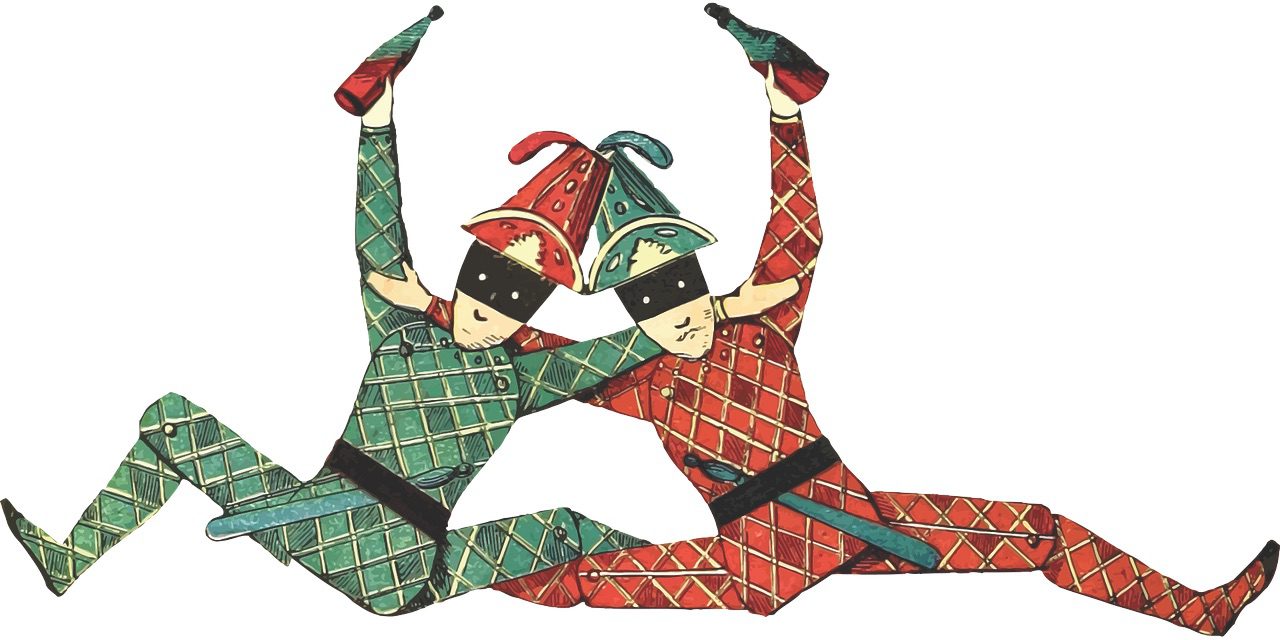By John Copeland
Mark Twain, insightfully wrote about April Fools’ Day: “The first of April is the day we remember what we are the other 364 days of the year.”
Twain always maintained that we should never take ourselves too seriously. The first of April is called April Fools or All Fools’ Day or as the French call it, April Fish. I know, April Fish? really? The French have always had their own approach to many cultural things, as is the case today. But, no matter what you call April 1, it is one of the most lighthearted days of the year.
However, April Fools’ Day’s origins are clouded in obscurity. Part of the puzzle that April Fool’s Day presents is that detailed references to it, and curiosity about it, only appeared during the 18th century. But even then, it was regarded as being of great antiquity. I think it’s very curious that our April tradition of foolery had been adopted by so many different European cultures without leaving a mention in the written record.
Holidays can be a bit like a layer cake: The outside is all colorful frosting and decorations, but when you dig in with your fork, you find all these different layers with their own textures and flavors sometimes separated by more sweet layers of frosting. Well, All Fools’ Day is like that. If you look at what our ancestors were up to around this time of year, a picture begins to emerge.
It is likely that part of the day’s foolishness is an inherited relic of the ancient festivals that were celebrated around the spring equinox. Nearly every culture in the world had a festival in the first months of the year that celebrated the end of winter and the return of spring. Many folks, like the Romans and Hindus, celebrated New Year’s then with festivities that began on the equinox and ended on April 2. It was common for these ancient New Year celebrations to include ritualized forms of mayhem and misrule. Rules were suspended. Raucous partying, trickery, and the turning upside down social order were all allowed.
Even though our April Fool’s Day has many similarities with spring equinox festivals, there is no agreement among scholars about which festival the tradition of April foolery descended from. A contributing factor to the lack of historical references to All Fools’ Day is that the occasion was a commoners’ celebration and aristocratic participation was minimal. This makes it more difficult to trace because the common folk, were for the most part, uneducated and did not keep written records. But folk traditions can run very deep within cultures and in the case of All Fools’ Day, it is clear that a day devoted to foolery has ancient roots.
Take the medieval figure of the Fool, the symbolic patron saint of the All Fools’ Day. Fools were prominent characters in medieval Europe, practicing their craft in a variety of settings from market squares to royal courts. Their distinctive dress is still familiar to many of us today: multicolored clothing, a horned hat, and scepter and bauble. In those times, fools were often very wise men. It was the role of the court fools to put things in perspective with humor.
What is believed by some to be one of the earliest written connections of the day with fools is found in Geoffrey Chaucer’s “Canterbury Tales,” specifically in the story of the Nun’s Priest Tale. It was written around 1400 and concerns two fools and takes place “thritty dayes and two” from the beginning of March, which would make the day April 1.
Now, how about one of the words we associate with April 1, “tomfoolery?” Where did that come from? You might find the origin surprising. During the Middle Ages, the general public was allowed visit mental hospitals or asylums (yes, as institutions they are that old) in order to be entertained by the antics of the residents. This tradition remained popular into the 1800s.
Interestingly, one such asylum was Bedlam, in London, founded by Queen Elizabeth I. The word “Bedlam” is a corruption of Bethlehem, the institution’s real name. The old asylum building still stands today and is the home to England’s Imperial War Museum, kind of a fitting use of the space. But as I so often do, I’m off on a tangent. Back at Bedlam, the visitors’ favorite performers were often nicknamed Tom Fool, and that popular nickname came to be applied to the antics of all the asylum residents. Over time, its meaning has softened to refer to silly behavior in general.
But did you know that April 1 also has a strict timeframe? Traditionally, no pranks are supposed to be played after 12 o’clock noon of April 1. Any jokes played after then will bring bad luck to the perpetrator — something that is often overlooked today.
Whatever the gag, it usually ends with the prankster yelling “April Fool!” when the victim falls for it. And just a last bit to share with you, not all April Fool superstitions are negative. Men who are fooled by a pretty female are said to be fated to marry the woman … or at least enjoy a healthy friendship with her.
The first of April, some do say
Is set apart for All Fool’s Day;
But why the people call it so
Nor I, nor they themselves, do know,
But on this day are people sent
On purpose for pure merriment.
Anonymous
So let down your hair and get out there and do something foolish.







